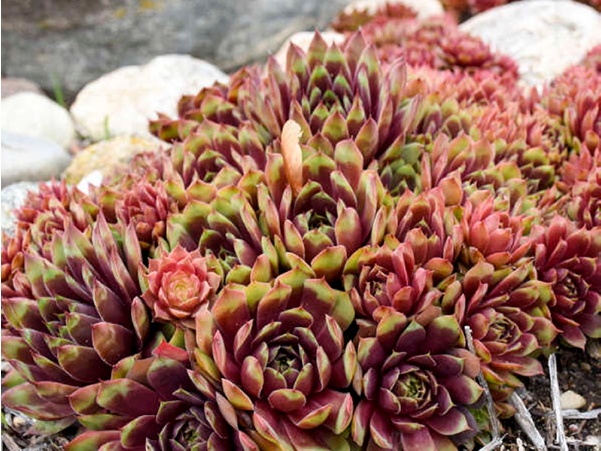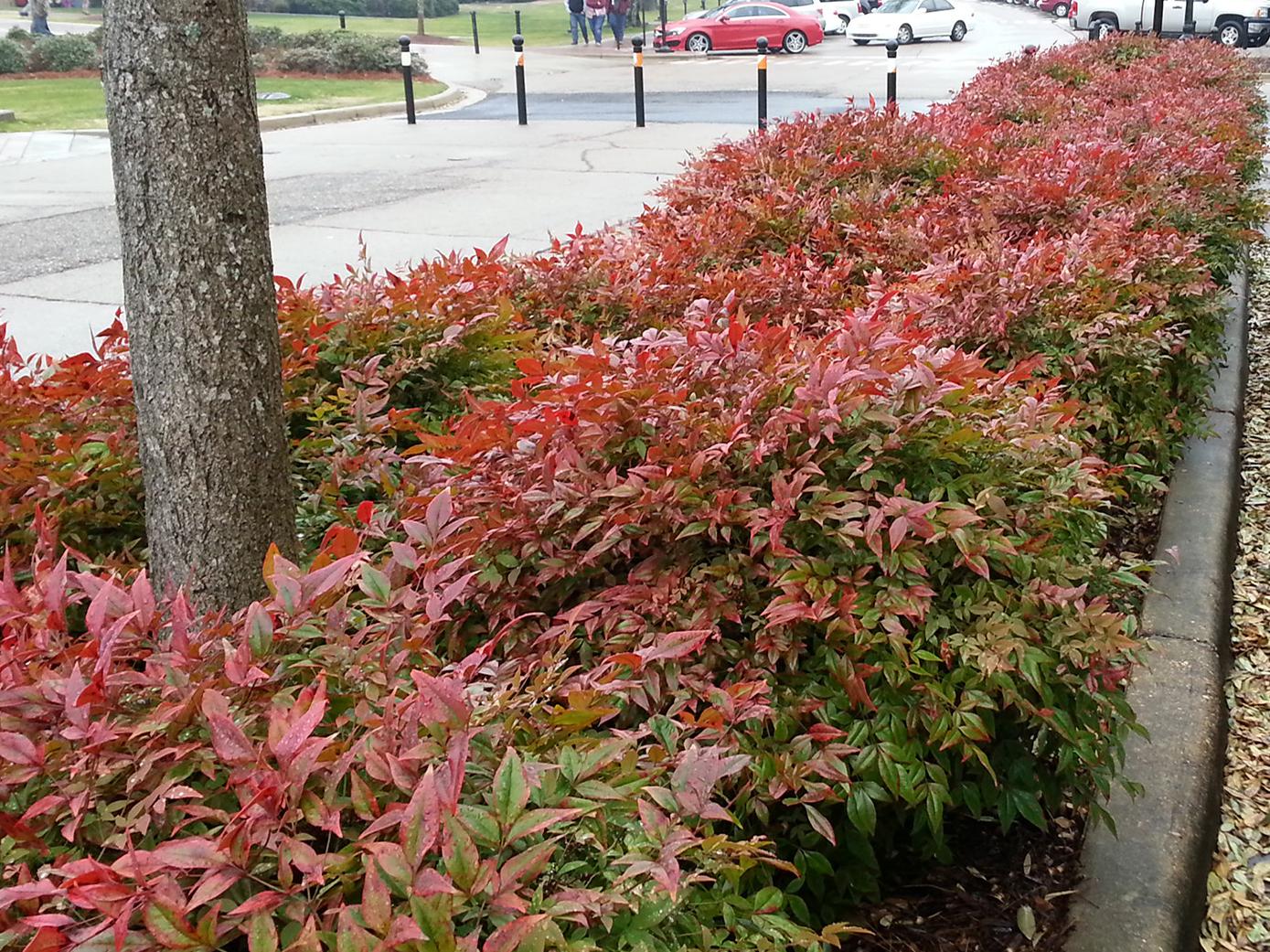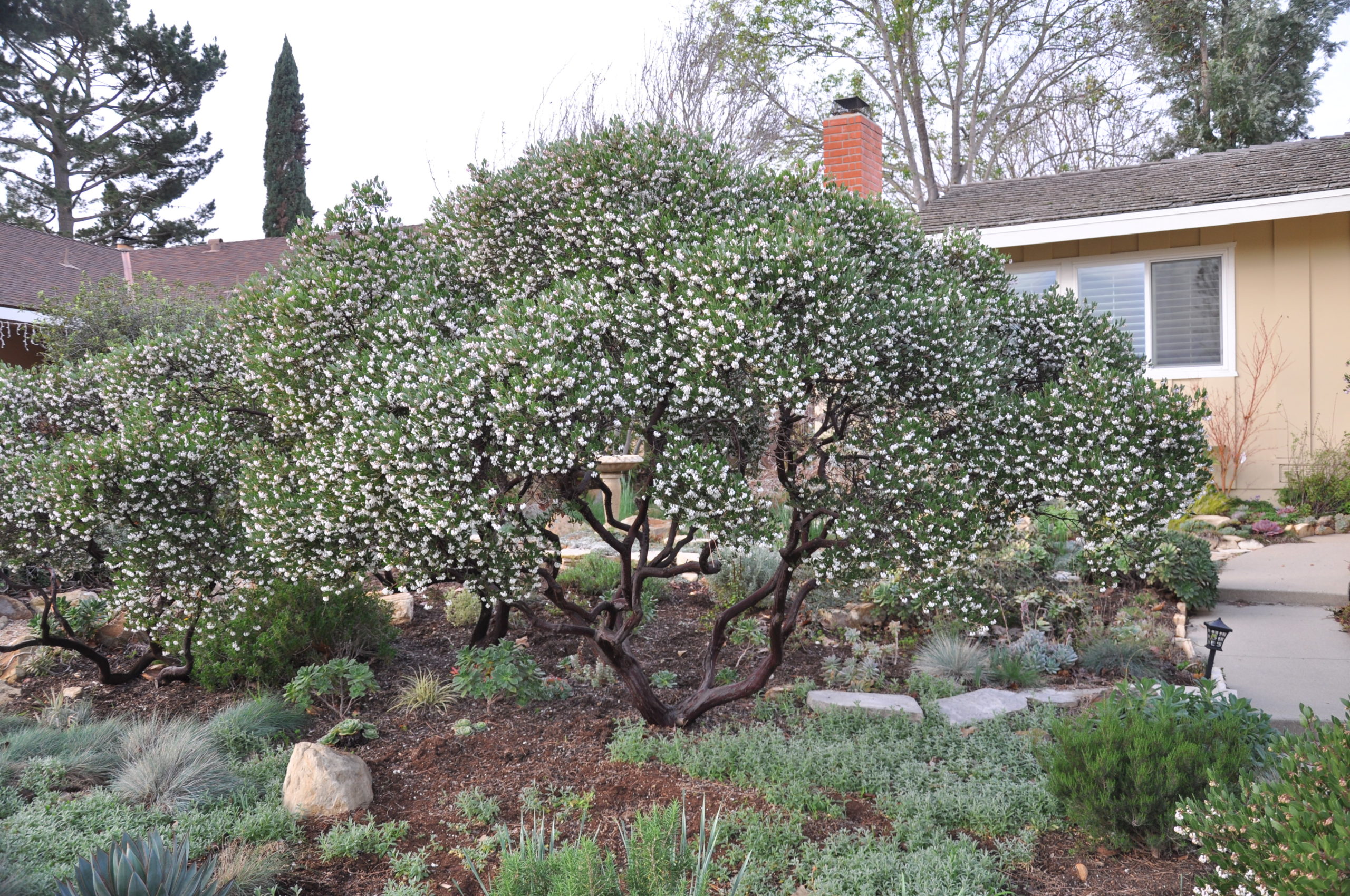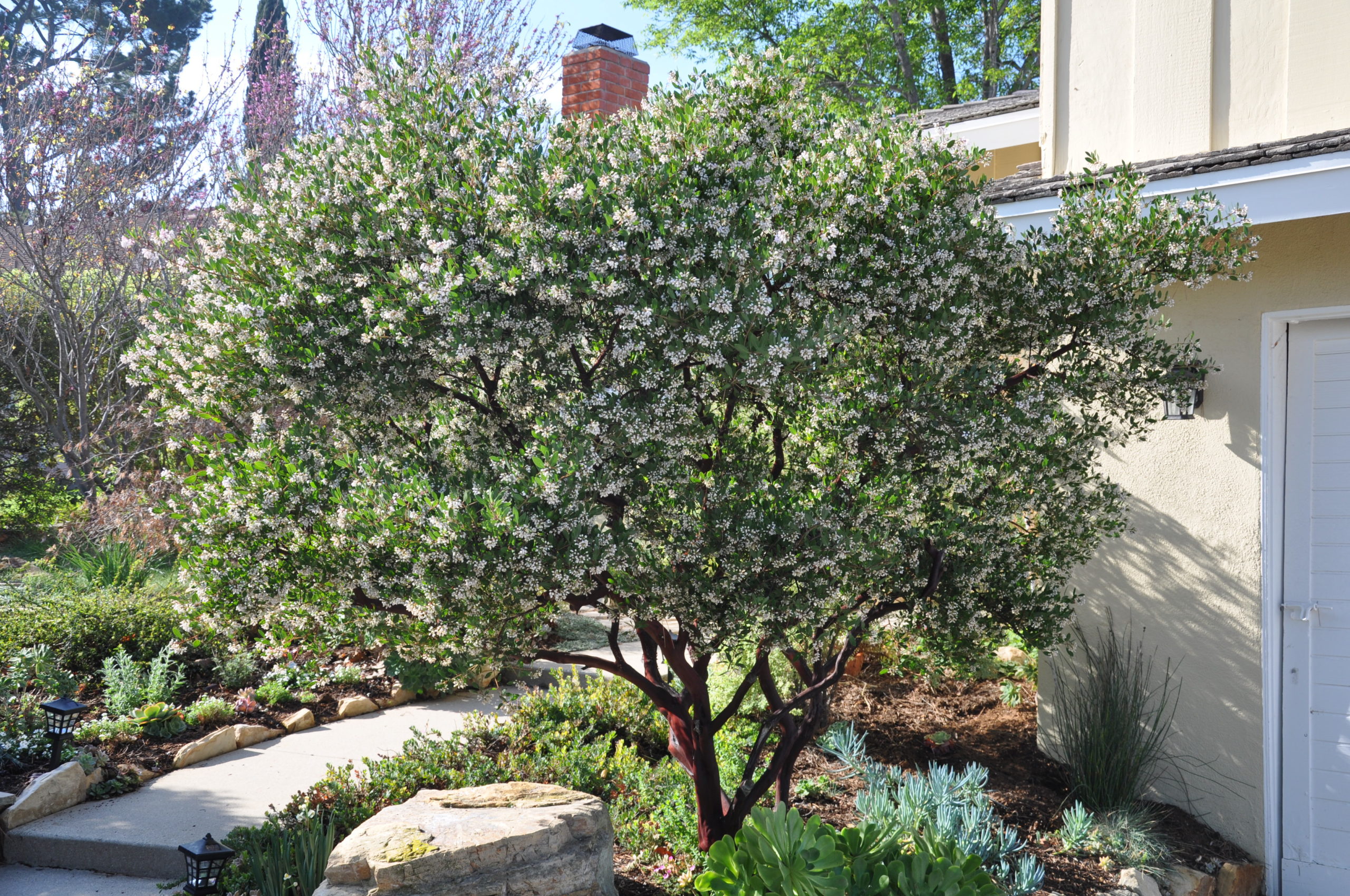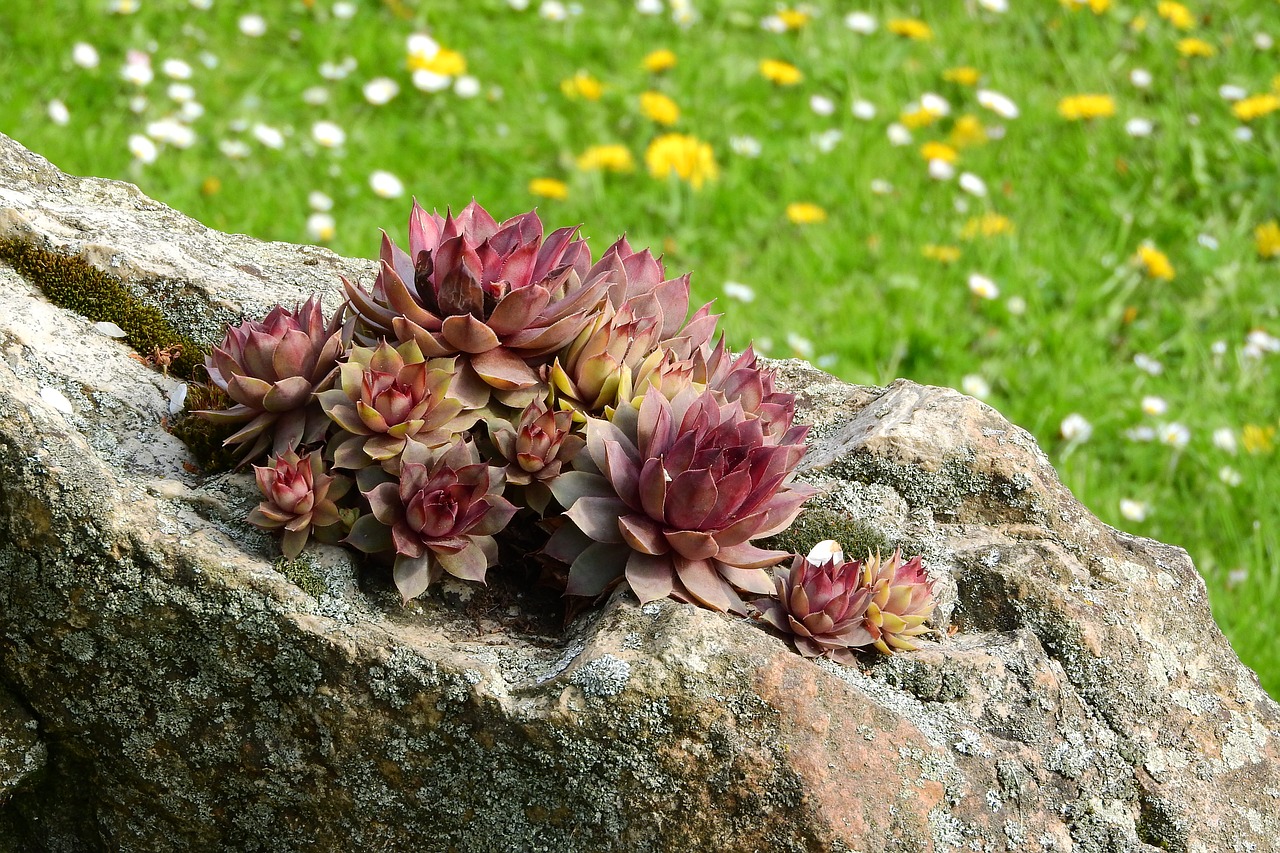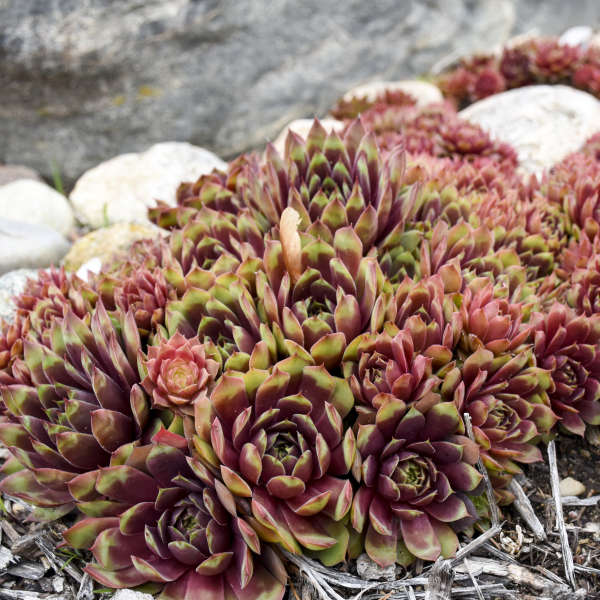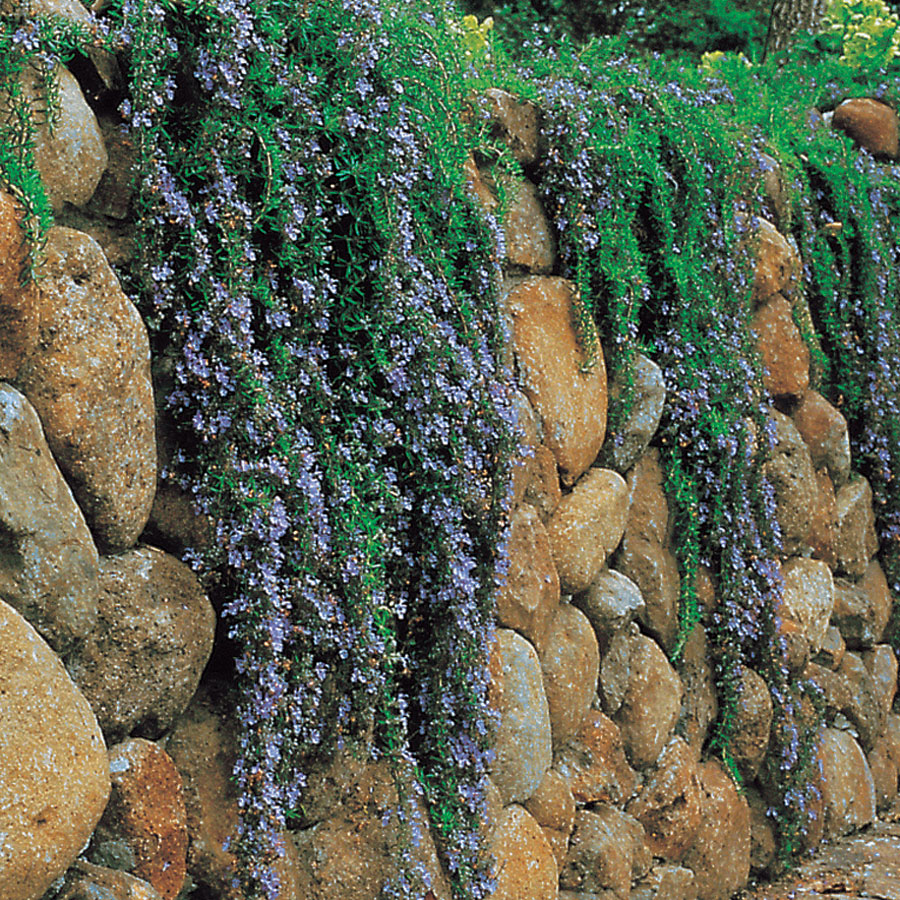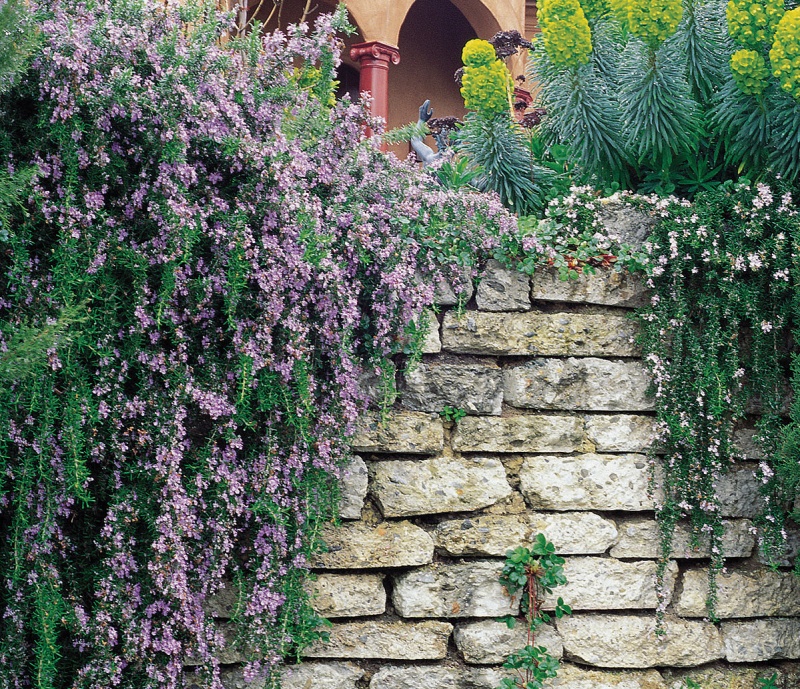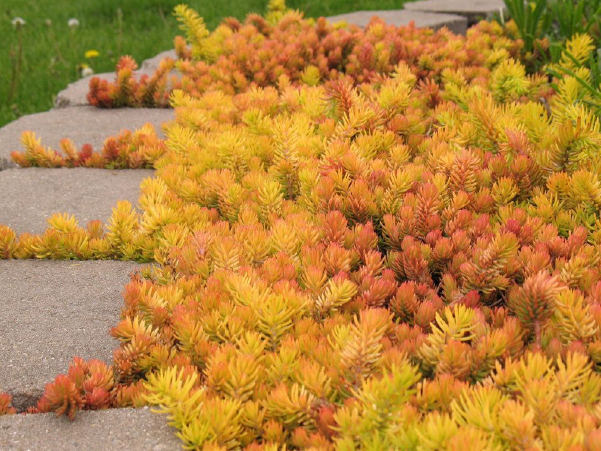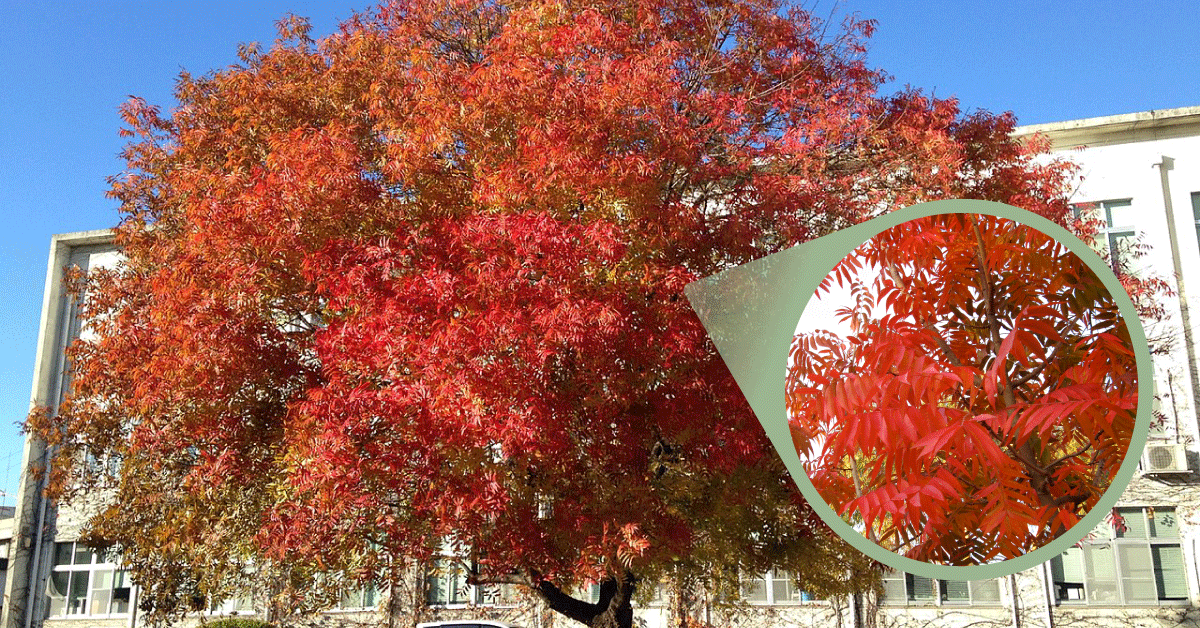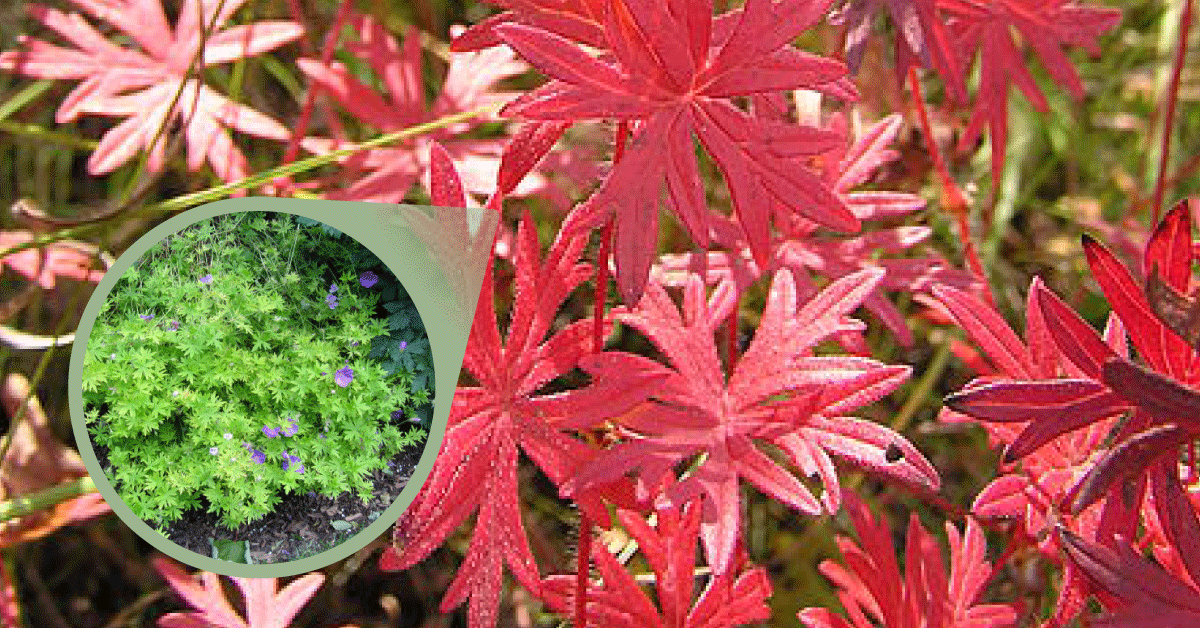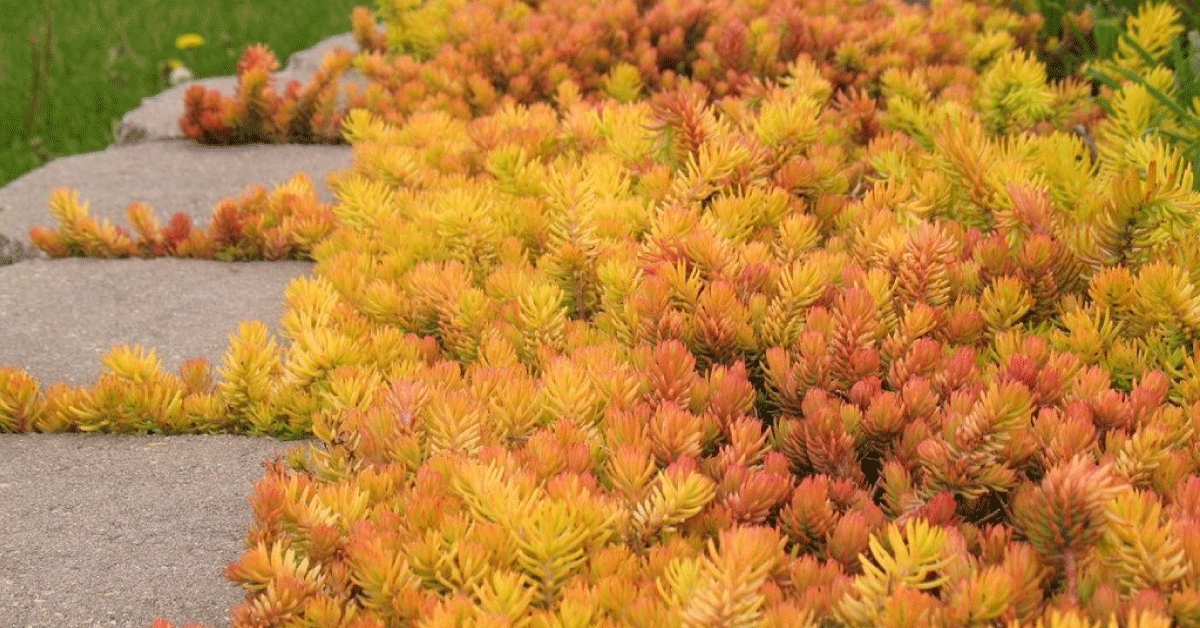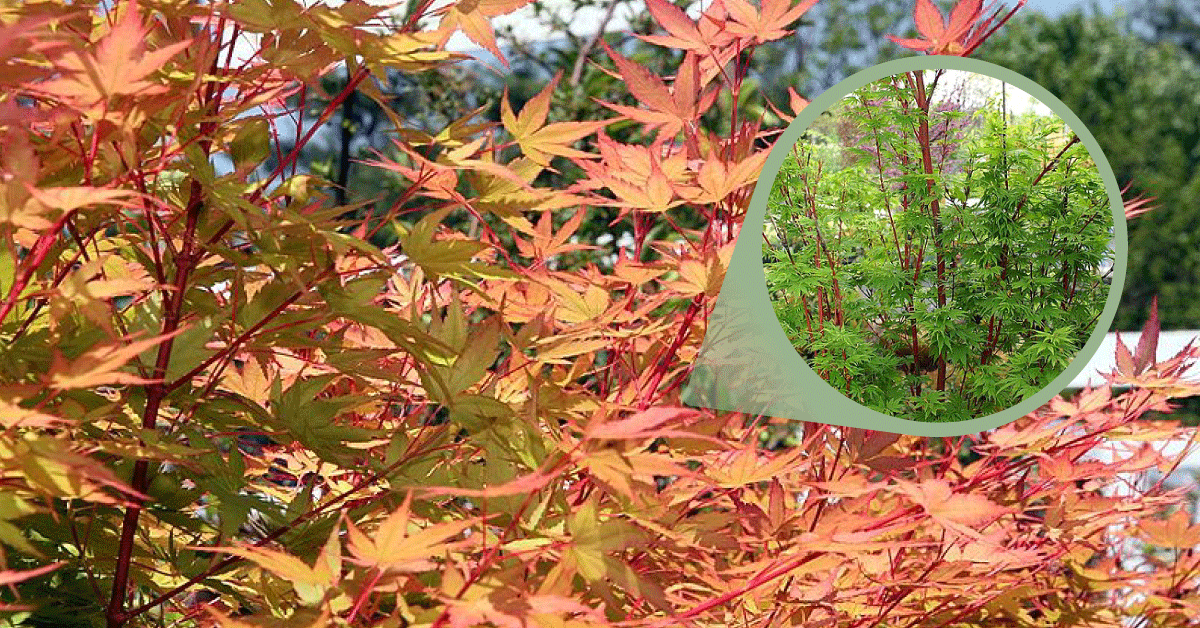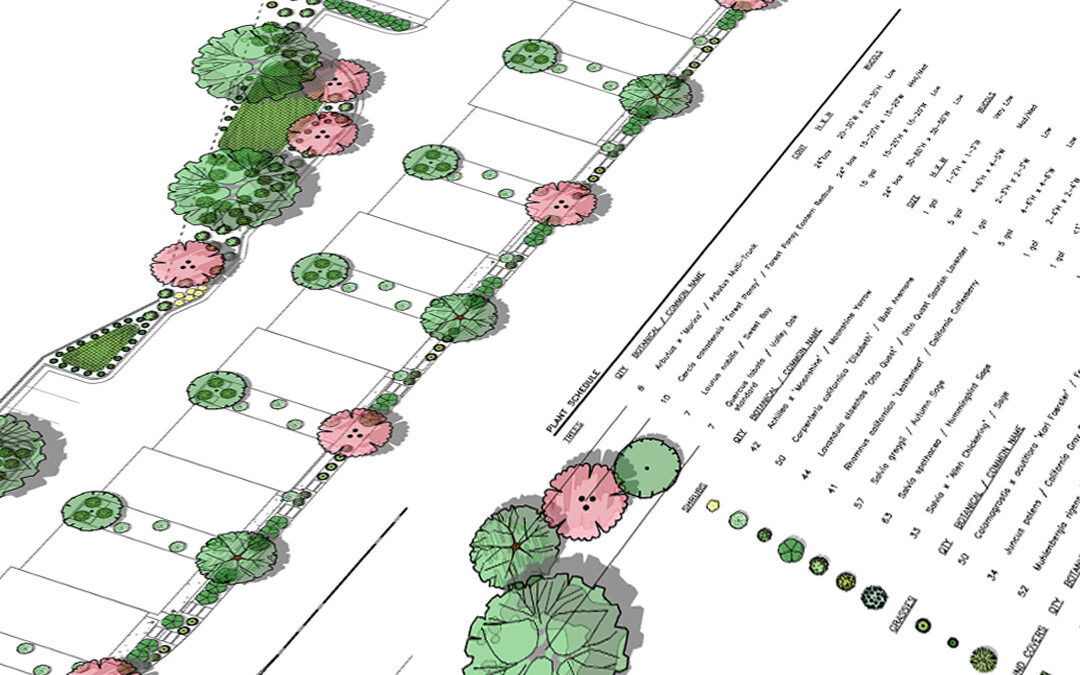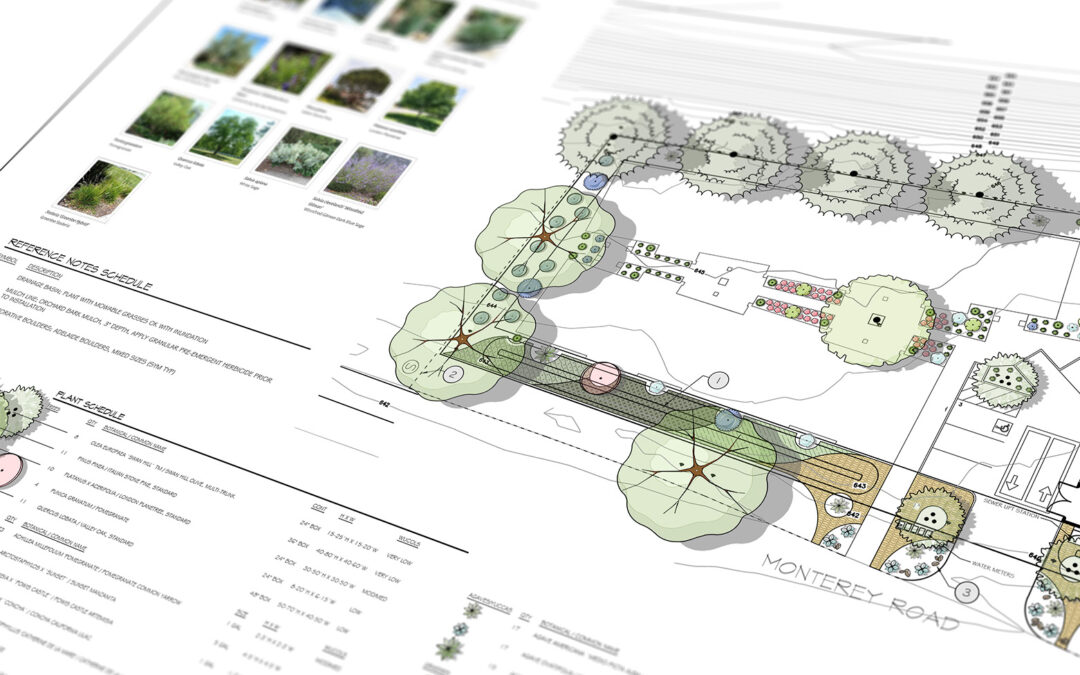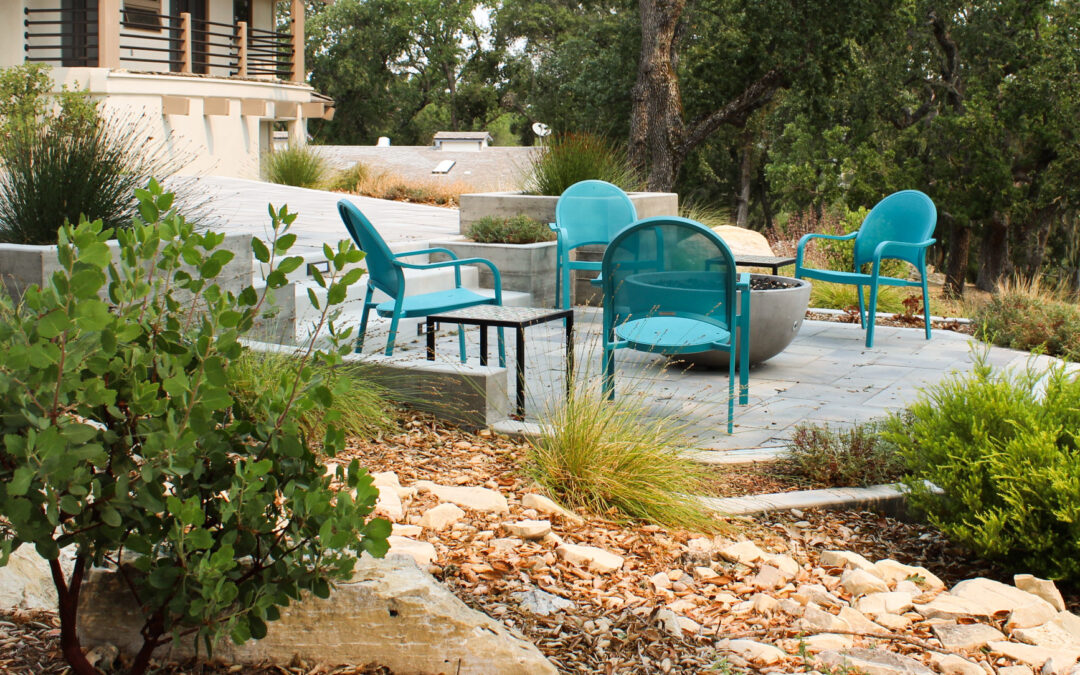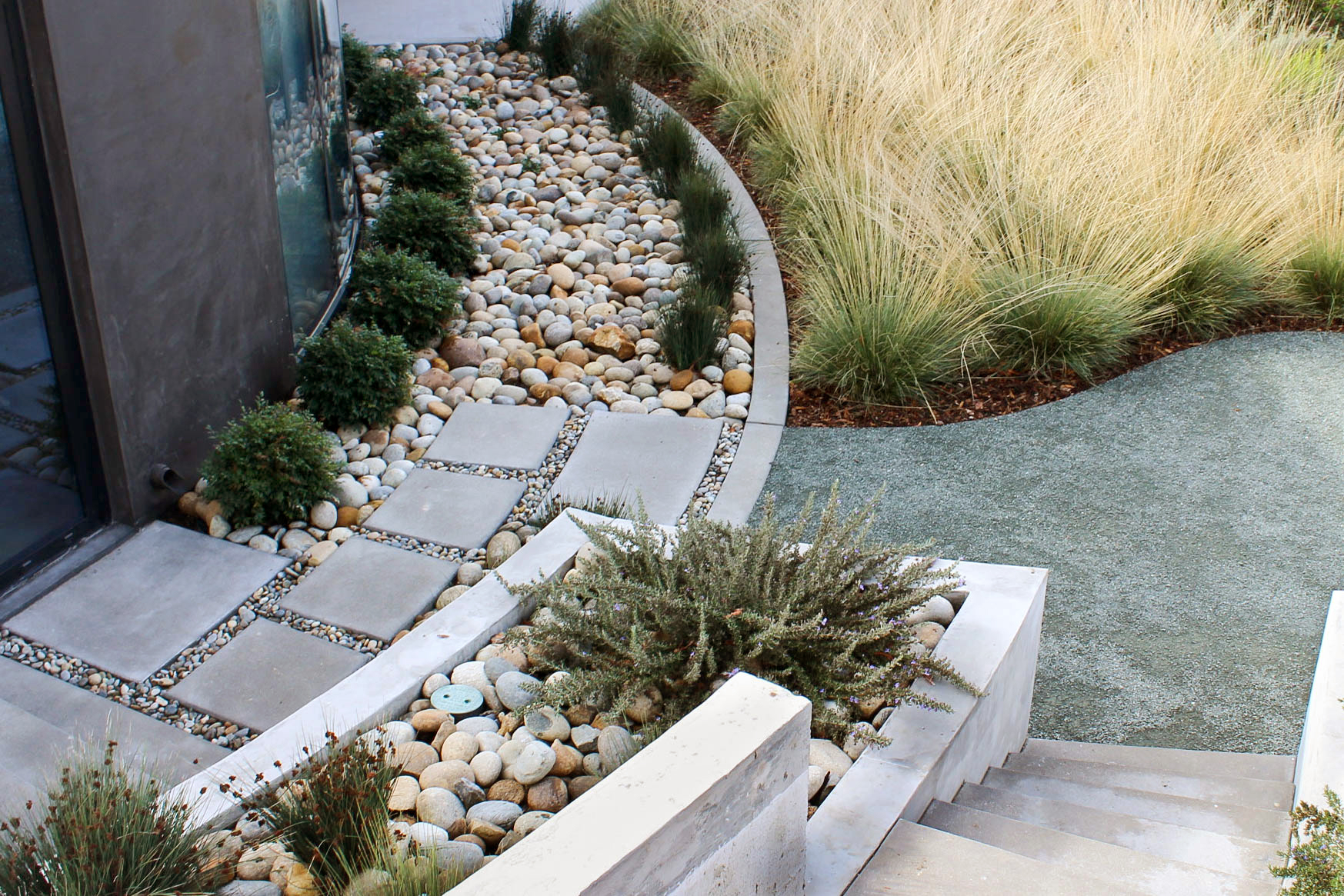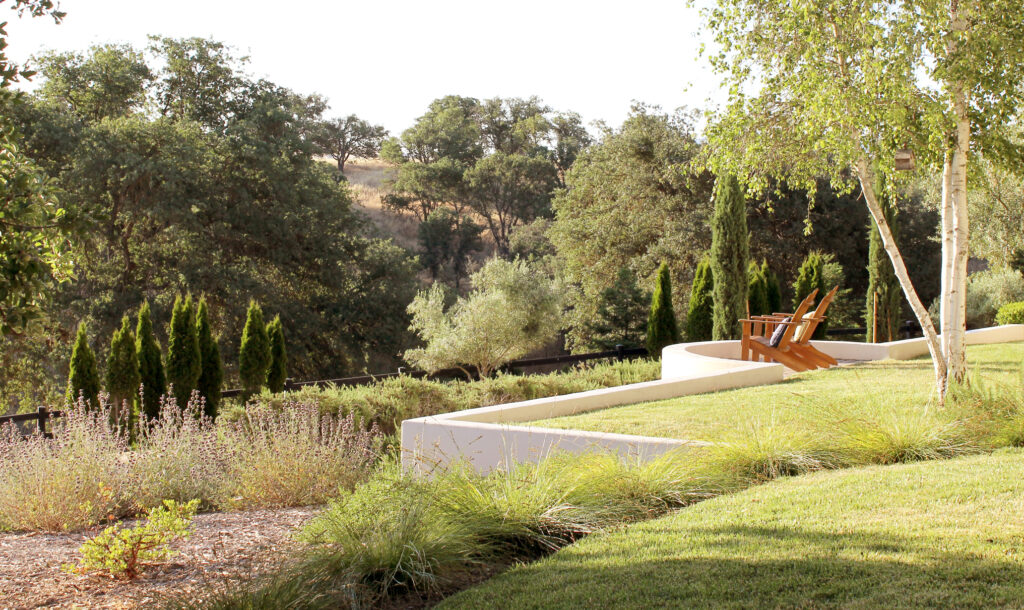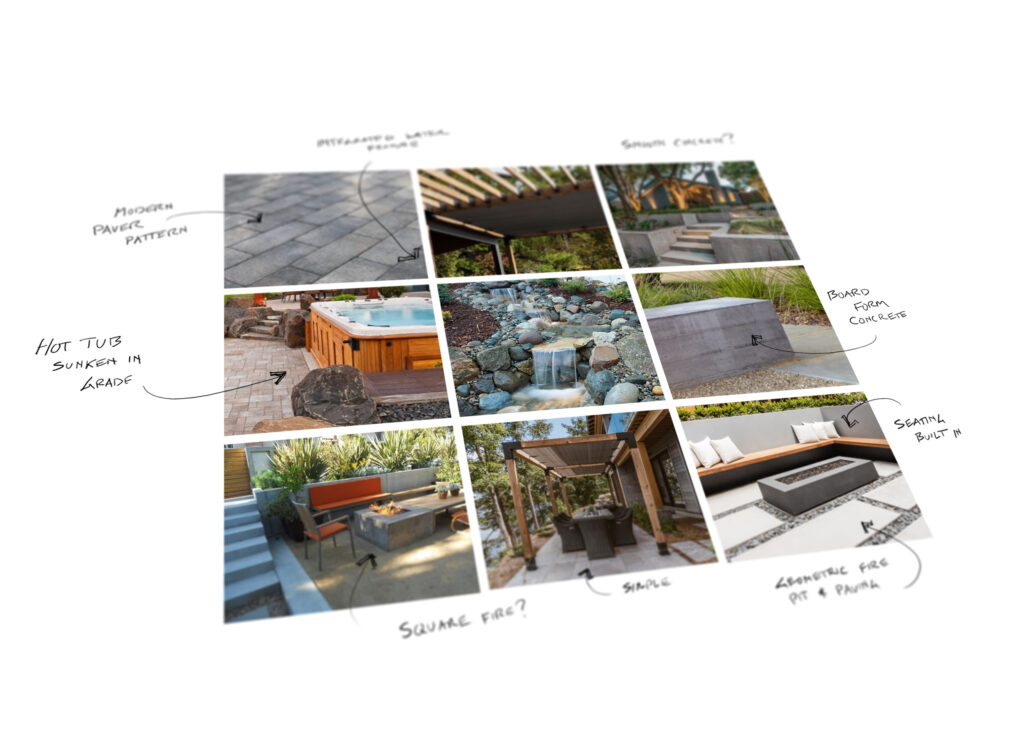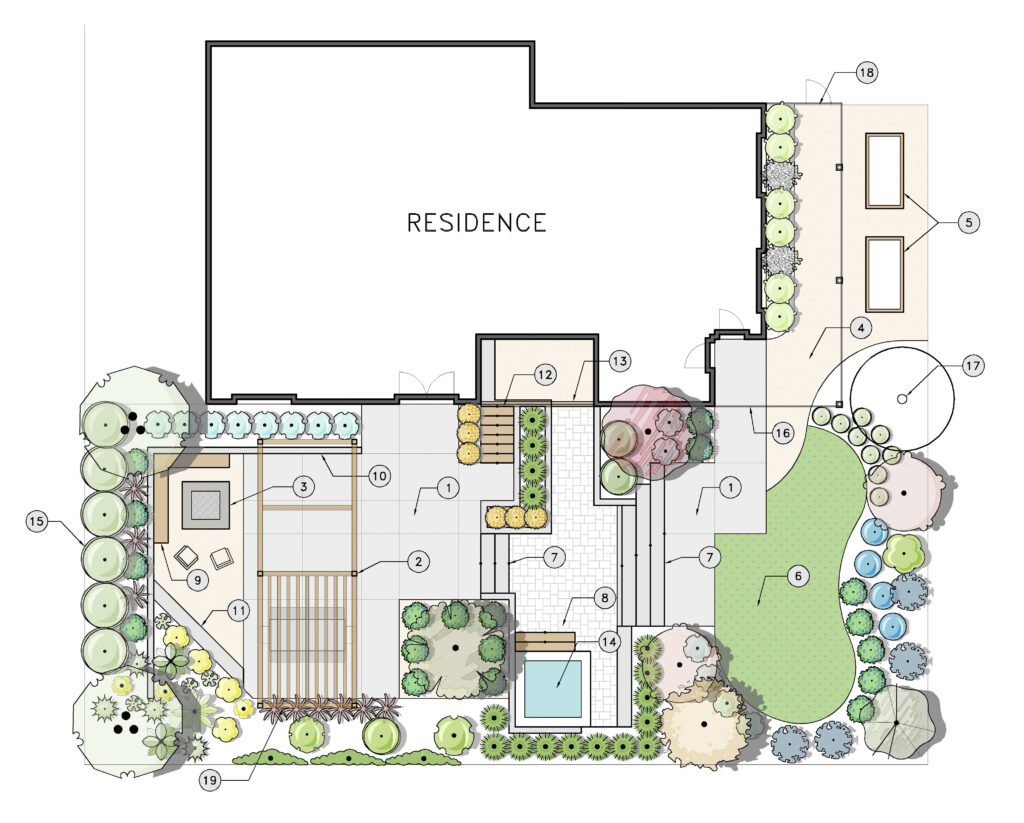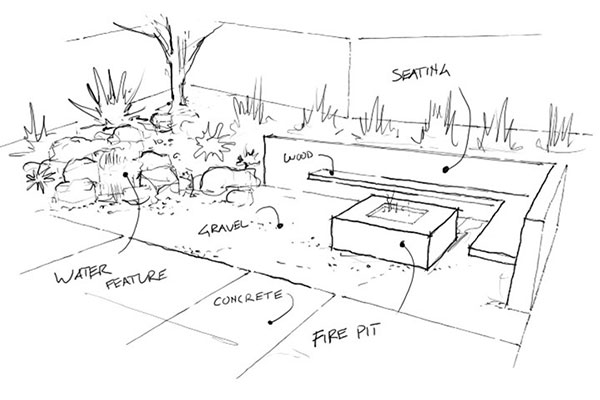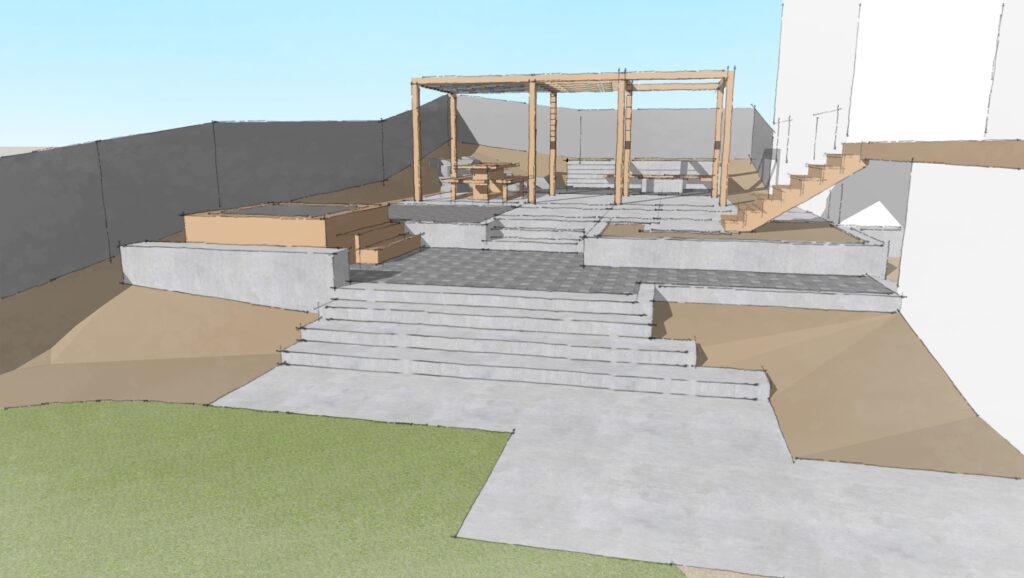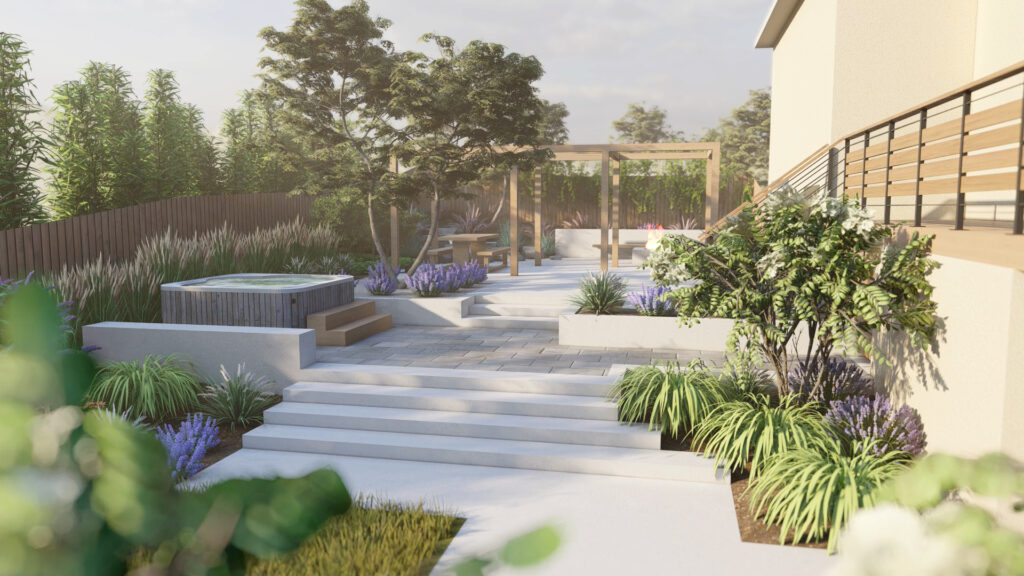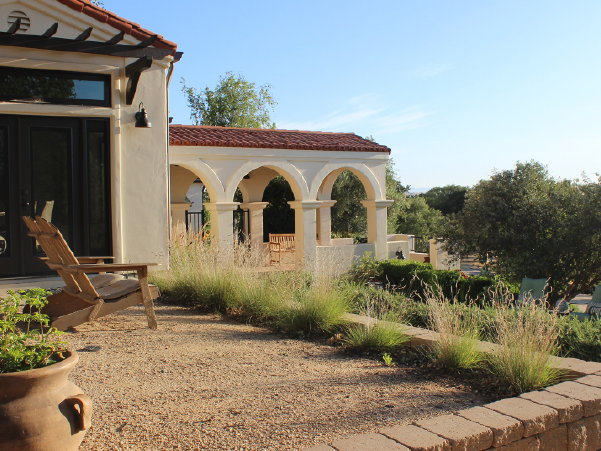
Embracing Spring: A Guide to Mediterranean-Inspired Landscapes
Bring the Mediterranean Magic to Your Central Coast Landscape This Spring!
Spring has sprung on the Central Coast, and with it comes the urge to refresh and revitalize your outdoor space. Here at Madrone Landscape, we understand your desire to create a beautiful and flourishing California haven.
Did you know that our region shares a unique climate with several other parts of the world? This “Mediterranean climate,” characterized by mild, wet winters and warm, dry summers, is found in California, Central Chile, the Mediterranean Basin, South Africa’s Cape Region, and Southwestern Australia. This common thread opens a door to a world of stunning plant possibilities for your Central Coast garden.
Why Consider Mediterranean Plants?
- Climate-Smart: Plants from these regions are naturally adapted to thrive in conditions similar to ours, requiring less maintenance and water.
- Year-Round Beauty: Many Mediterranean plants boast vibrant flowers and attractive foliage, extending the visual interest of your landscape throughout the year.
- Unique Selection: Explore a diverse range of plants beyond the typical California natives, adding a touch of the exotic to your garden.
5 Eye-Catching Mediterranean Plants for Your Spring Landscape
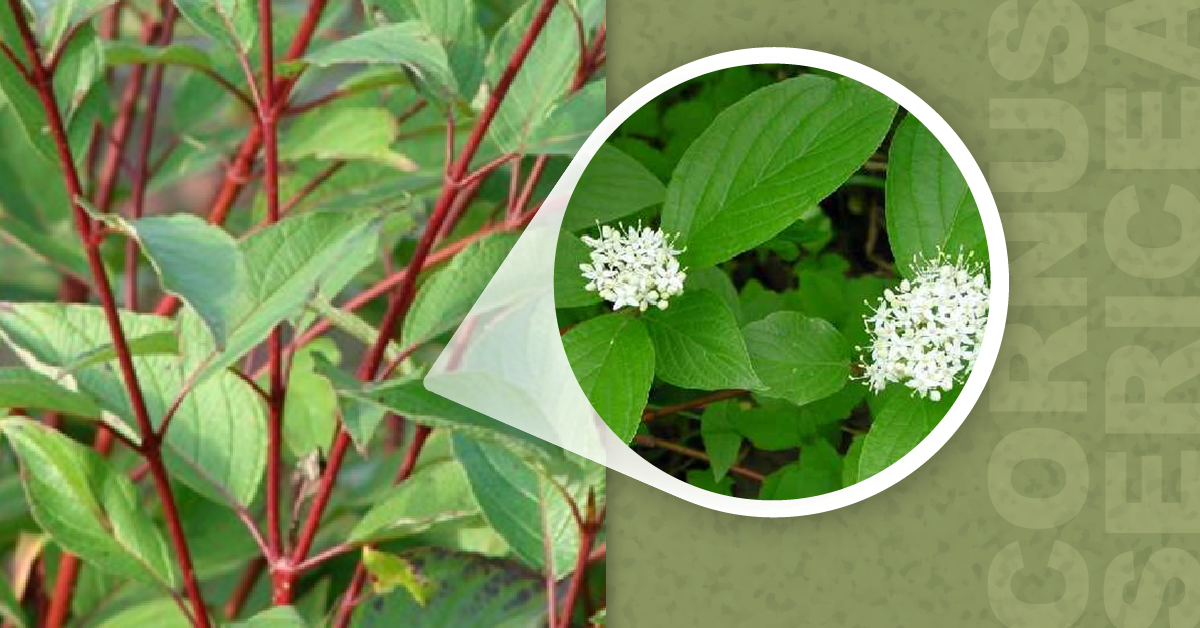
1. California Native Cornus sericea (Creek Dogwood)
- Eye-catching Feature: Vibrant red stems that add winter interest.
- Growth Habit: Deciduous shrub, reaching 8-12 feet tall and wide.
- Blooms: Clusters of creamy white flowers in spring and summer.
- Light Preference: Partial shade.
- Water Needs: Moderate watering, especially during dry months.
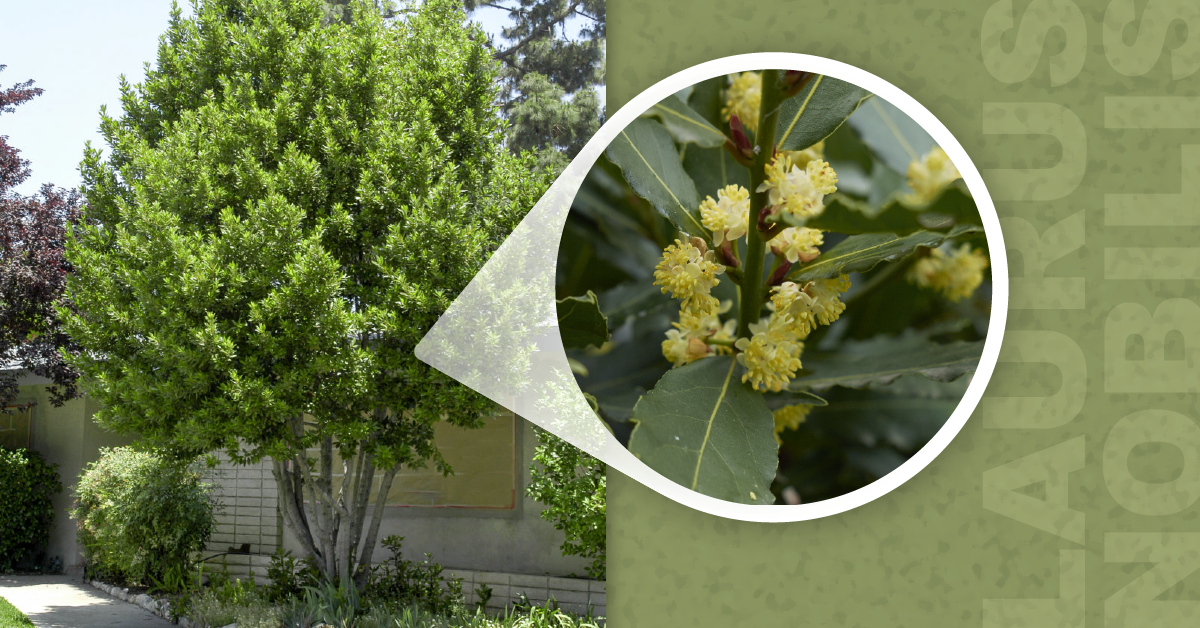
2. Mediterranean Basin – Laurus nobilis (Sweet Bay)
- Perfect For: An aromatic evergreen tree with culinary uses.
- Growth Habit: Reaches 20-30 feet tall and 20 feet wide.
- Blooms: Small yellow flowers in spring, followed by deep purple berries.
- Deer Resistant? Yes!
- Water Needs: Low water user once established.
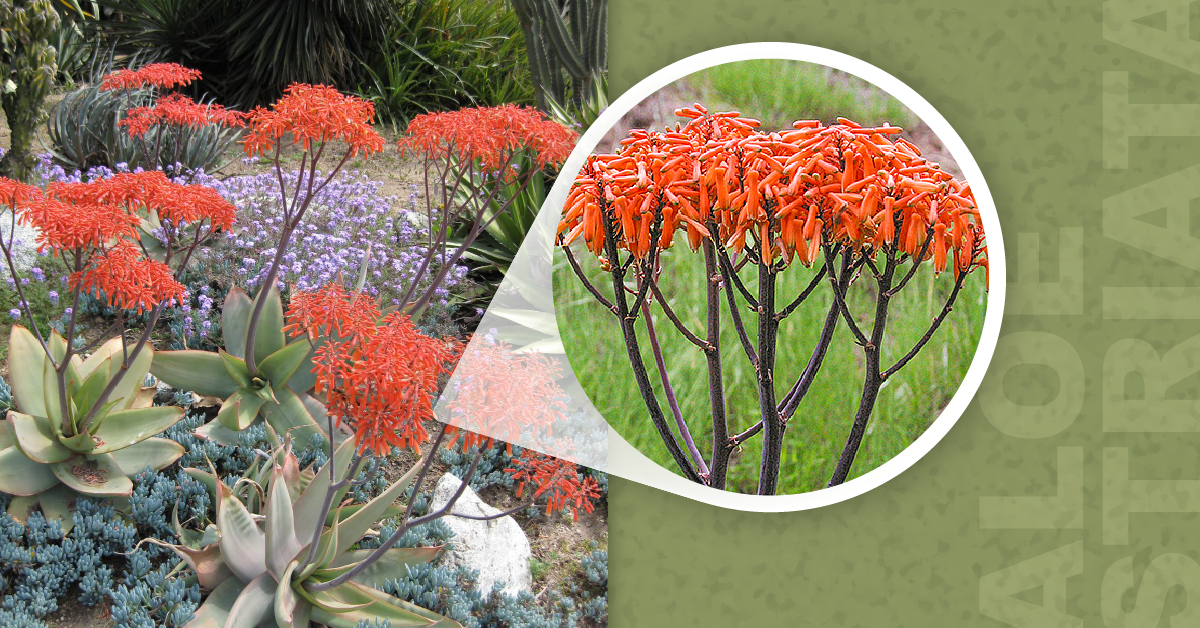
3. South Africa – Aloe striata (Coral Aloe)
- Standout Feature: Brilliant coral-pink to orange flowers in spring.
- Growth Habit: Succulent with a 2-foot-wide rosette of broad, pale green leaves.
- Light Preference: Full sun.
- Water Needs: Minimal water required.
- Attracts: Hummingbirds.
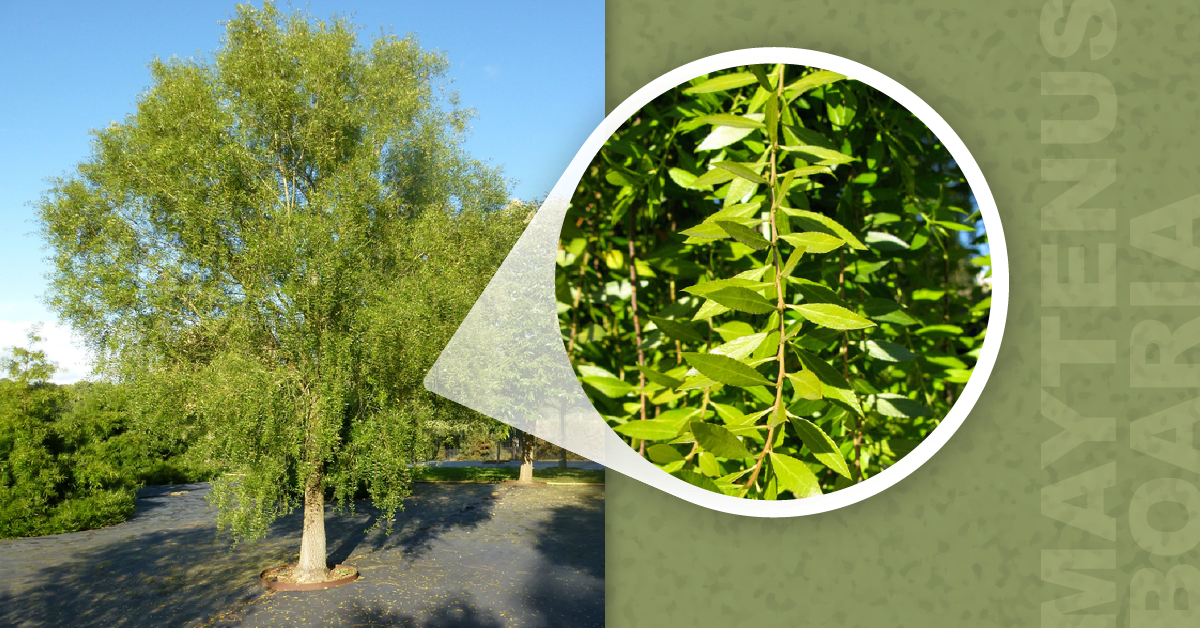
4. Central Chile – Maytenus boaria (Maytens Tree)
- Unique Characteristic: Graceful weeping form with light green, evergreen foliage.
- Growth Habit: Small tree reaching over 30 feet tall.
- Blooms: Tiny, inconspicuous spring flowers.
- Light and Water: Full sun and ample summer water.
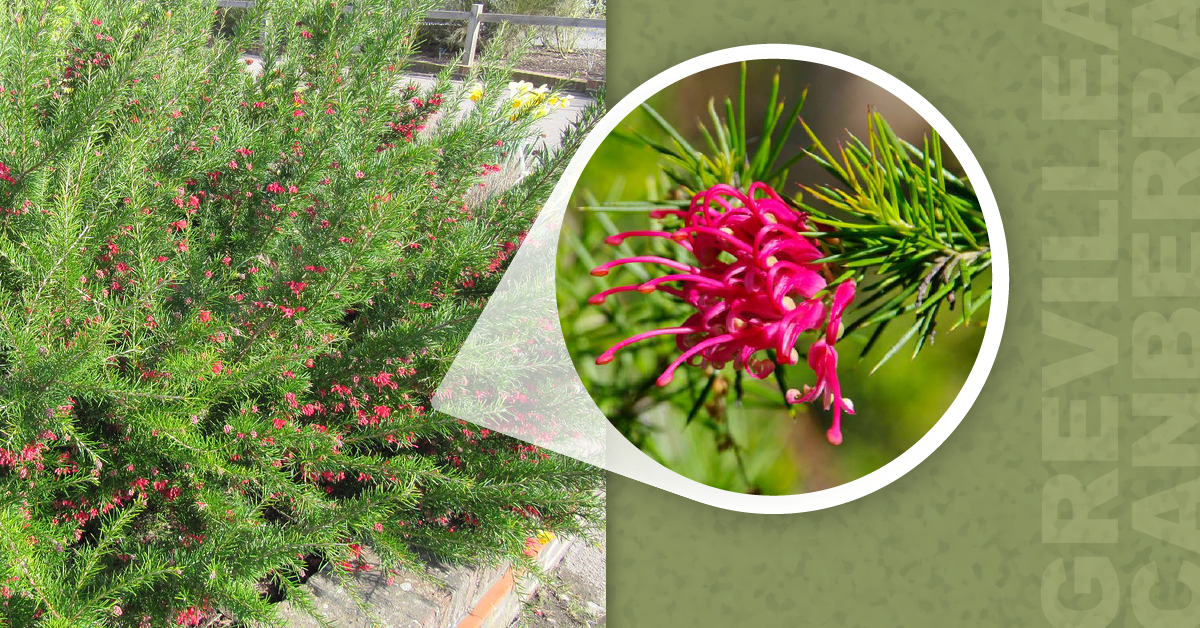
5. Southwestern Australia – Grevillea ‘Canberra Gem’ (Spider Flower)
- Multi-Functional: Provides beauty and acts as a barrier plant.
- Growth Habit: Shrub reaching 8 feet tall and 12 feet wide.
- Blooms: Red flower clusters starting in early spring and blooming intermittently.
- Attracts: Butterflies and birds.
- Water Needs: Occasional deep soakings, prefers good drainage.
Ready to Breathe Life into Your Landscape?
The experts at Madrone Landscape can help you design and create a flourishing California-Mediterranean paradise. Contact us today for a consultation and let’s transform your outdoor space into a stunning oasis! Email [email protected] or call (805) 466-6263.

